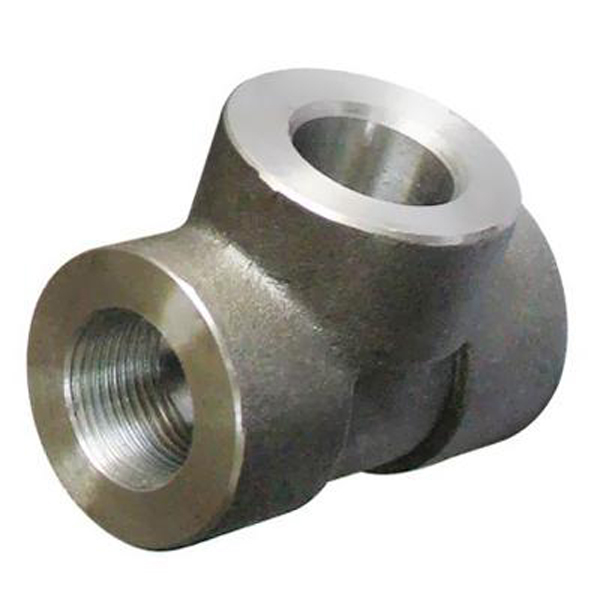
Hydrogen fuel cell technology is not new. NASA has been using them to power rockets for decades, but they are still extremely rare in automobiles. The reason is not the hydrogen engine, but the cost of manufacturing hydrogen, which limits the development of hydrogen-fueled vehicles.
To this end, research institutions around the world are studying the potential for chemical storage of renewable energy in the form of hydrogen.
Recently, chemical researchers at Queensland University of Technology have discovered new hydrogen production materials, which is expected to break this restriction.
Compared to traditionally, the catalyst used to decompose water involves expensive precious metals such as iridium oxide, ruthenium oxide and platinum. The current method of producing hydrogen using a carbon source will release carbon dioxide and bring about a greenhouse effect. The new material can generate hydrogen more cheaply and more efficiently, and is used to store renewable energy that can replace the existing water decomposition catalyst.

The material is a stable dual-function catalyst made of cobalt and nickel oxide plus a small amount of gold nanoparticles. It is decomposed into hydrogen and oxygen by electrochemical water and will not be emitted. It has been determined to be the most sustainable production of high-purity hydrogen One of the methods.
"The stored hydrogen can be used for fuel cells," said Professor OMullane, Department of Science and Engineering, Queensland University of Technology. "The Australian government is interested in developing a hydrogen export industry to export our abundant renewable energy." We can feed back to the grid for fuel cell power generation during peak demand, or power our transportation system.
cheap! No emissions! New materials break through the bottleneck of cheap hydrogen manufacturing. Will the popularity of hydrogen cars be far behind?
Forged Thread Tee is after ingot or rod heating forging molding, then lathe processing.Tee divided into forging and casting in the production process,Forged Tee is after ingot or rod heating forging molding, then lathe processing. casting refers to the ingot after melting into the tee molds, let it cool down together, because different manufacturing processes, same size, forged tee pressure is high than thread tee.Tee main manufacturing standards are generally GB / T14626, ASME B16.11, BS3799.
Product:Threaded Tee
Size:DN6-DN150
Materials:A105,304,304L,316,316L,321, Q235,20#,16Mn,12Cr1MoV,F11,F22....
Pressure Level: 2000LB,3000LB (SCH80),6000LB (SCH160),9000 (XXS).
Standard:ASME B16.11,MSS SP-83,MSS SP -79,MSS SP-97,MSS SP-95,JIS B2316....
Crafts: Butt, Push System, Simmer
Connection: SW,BW,TR.
Package: Wooden boxes,Wooden pallets,According to customer requirements.
Brand Name: HY
Place of Origin: China (Mainland)
Certification: ISO.UKS.SGS.BV
Application: Chemical, Water, Oil and gas, Electricity

Socket Tee,Double Socket Tee,Stainless Steel Socket Tee,Double Socket Levert Tees
CANGZHOU HAOYUAN PIPE FITTINGS MFG CO.,LTD , https://www.pipefitting-china.com